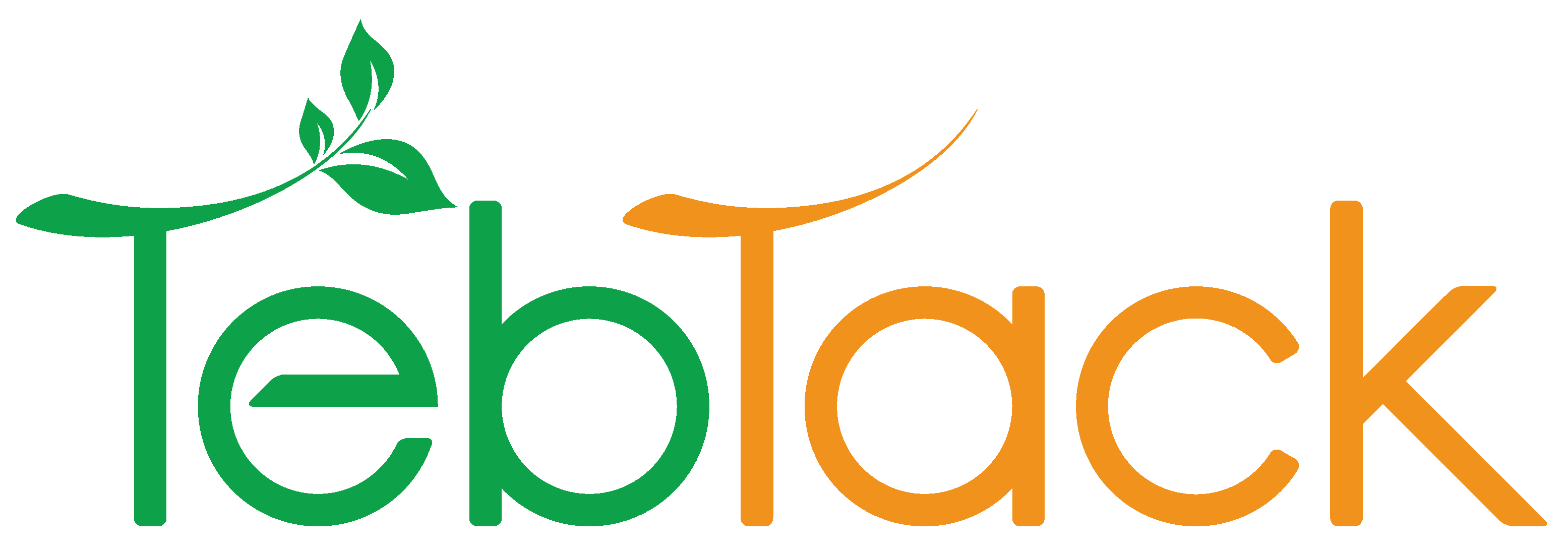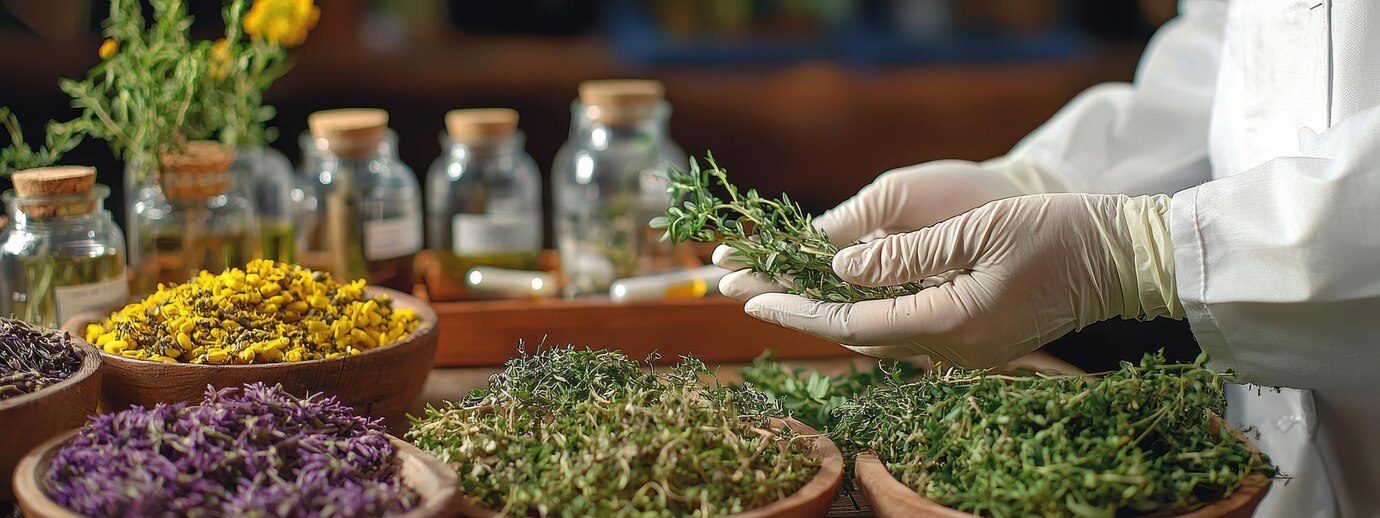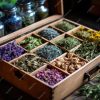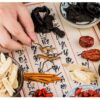The global trade of medicinal herbs is experiencing rapid growth, driven by increasing demand for natural remedies, traditional medicine, and health-conscious products. However, with this surge comes the challenge of ensuring consistent quality and compliance with international certification standards. In this guide, we delve into the critical steps to guarantee quality and secure necessary certifications in the medicinal herb trade.
1. Understand International Standards and Regulations
Different countries have varying regulations governing the import and export of medicinal herbs. Familiarize yourself with key certifications and standards such as:
- Good Manufacturing Practices (GMP): Ensures herbs are produced consistently and controlled according to quality standards.
- ISO Certifications: For example, ISO 22000 focuses on food safety management systems.
- Organic Certifications: Certify that the herbs are grown without synthetic pesticides or fertilizers, such as USDA Organic or EU Organic.
- Certificate of Analysis (CofA): Verifies the herb’s composition, potency, and safety through laboratory testing.
- Pharmacopoeia Standards: Such as USP (United States Pharmacopeia) or EP (European Pharmacopoeia), which specify quality criteria for medicinal substances.
Pro Tip: Collaborate with regulatory consultants to stay updated on regional requirements and avoid compliance pitfalls.
2. Source from Reliable Suppliers
The foundation of quality begins with sourcing. Work with suppliers who uphold ethical and sustainable practices. Key steps include:
- Conducting supplier audits to verify adherence to quality standards.
- Requesting traceability documentation to track herbs from cultivation to shipment.
- Ensuring suppliers follow sustainable harvesting practices to preserve biodiversity.
Checklist for Vetting Suppliers:
- Do they hold relevant certifications (e.g., GMP, organic)?
- Can they provide lab-tested CofAs for their products?
- Are they transparent about their sourcing and processing methods?
3. Implement Robust Quality Control Measures
Establishing a thorough quality control system is essential to ensure consistency and safety. Key measures include:
- Pre-shipment Inspections: Test herbs for contaminants, such as heavy metals, pesticides, and microbial impurities.
- Visual Inspection: Check for uniformity, absence of foreign matter, and proper drying or preservation.
- Laboratory Testing: Use advanced techniques like HPLC (High-Performance Liquid Chromatography) or GC-MS (Gas Chromatography-Mass Spectrometry) to verify potency and purity.
Pro Tip: Partner with accredited third-party laboratories for unbiased and reliable testing.
4. Prioritize Sustainable and Ethical Practices
In the modern market, sustainability and ethics are critical to building trust with buyers and consumers. Focus on:
- Organic Farming: Encourage suppliers to adopt organic cultivation methods.
- Fair Trade Practices: Ensure farmers and workers are fairly compensated.
- Eco-Friendly Packaging: Use biodegradable materials to reduce environmental impact.
Why It Matters: Sustainable practices are not only ethical but can also attract environmentally conscious buyers and improve your brand reputation.
5. Maintain Accurate Documentation
Comprehensive documentation is crucial for smooth trade operations and meeting certification requirements. Ensure:
- All shipments include Certificates of Origin and Phytosanitary Certificates to prove legal compliance.
- Keep detailed batch records for traceability.
- Update documentation regularly to reflect any changes in sourcing or production processes.
6. Stay Ahead with Technology
Technology can streamline quality assurance and certification processes. Consider adopting:
- Blockchain for Traceability: Ensures transparency by tracking the journey of herbs through the supply chain.
- AI-Powered Quality Analysis: Uses machine learning to detect inconsistencies in herb quality.
- ERP Systems: Simplify inventory management and documentation.
7. Educate Your Team and Stakeholders
Quality assurance is a collective effort. Regularly train your team and stakeholders on:
- Best practices for handling and storing medicinal herbs.
- Updates to certification standards and compliance requirements.
- Effective communication with buyers about quality assurance measures.
Conclusion
Ensuring quality and certification in the medicinal herb trade is a multi-faceted process that requires attention to sourcing, testing, documentation, and compliance with international standards. By prioritizing these steps and leveraging modern technologies, businesses can build trust, enhance credibility, and succeed in this lucrative market.
Are you looking for a trusted partner to streamline your medicinal herb trade? Contact TebTack today for expert guidance and unmatched industry expertise!




